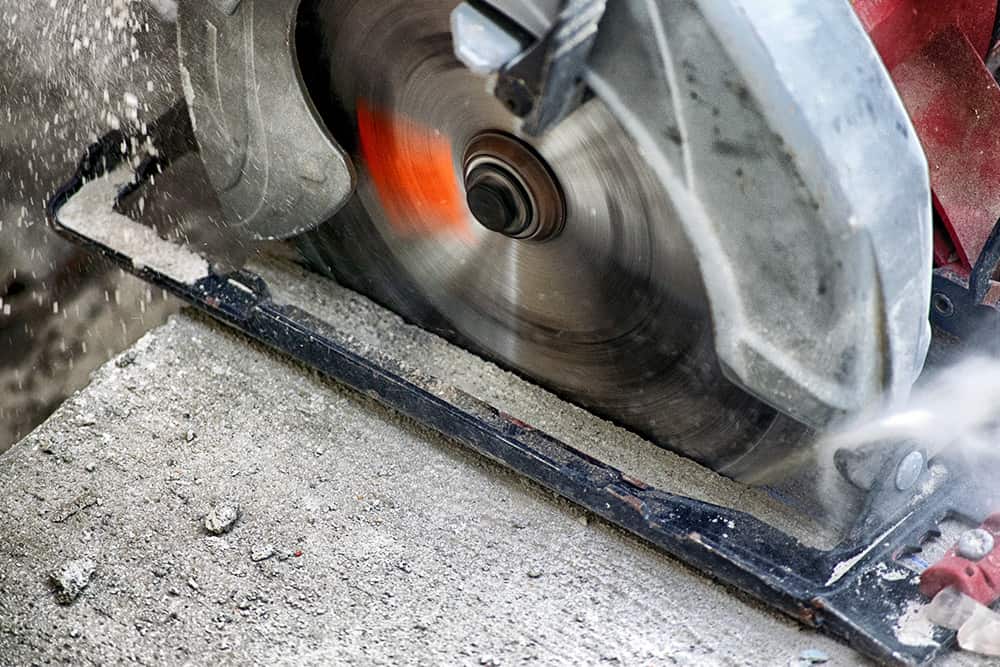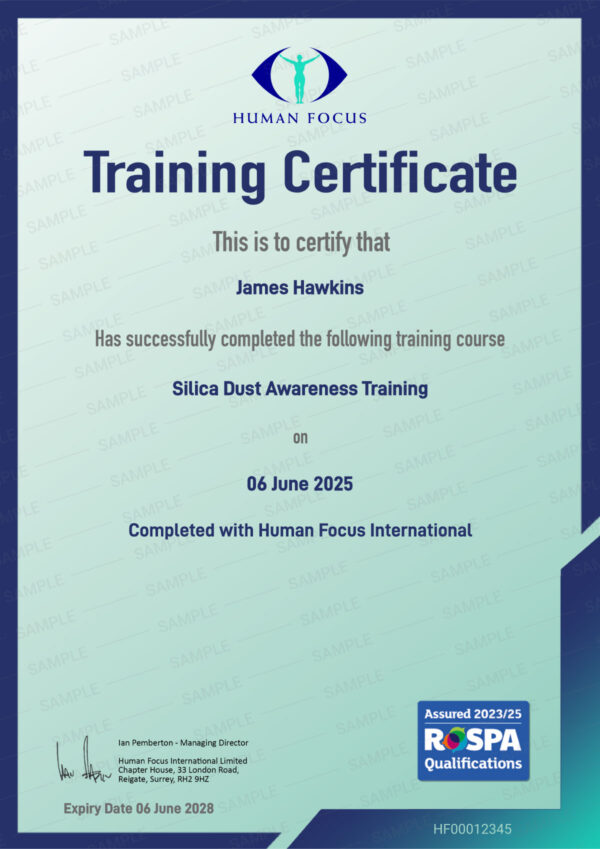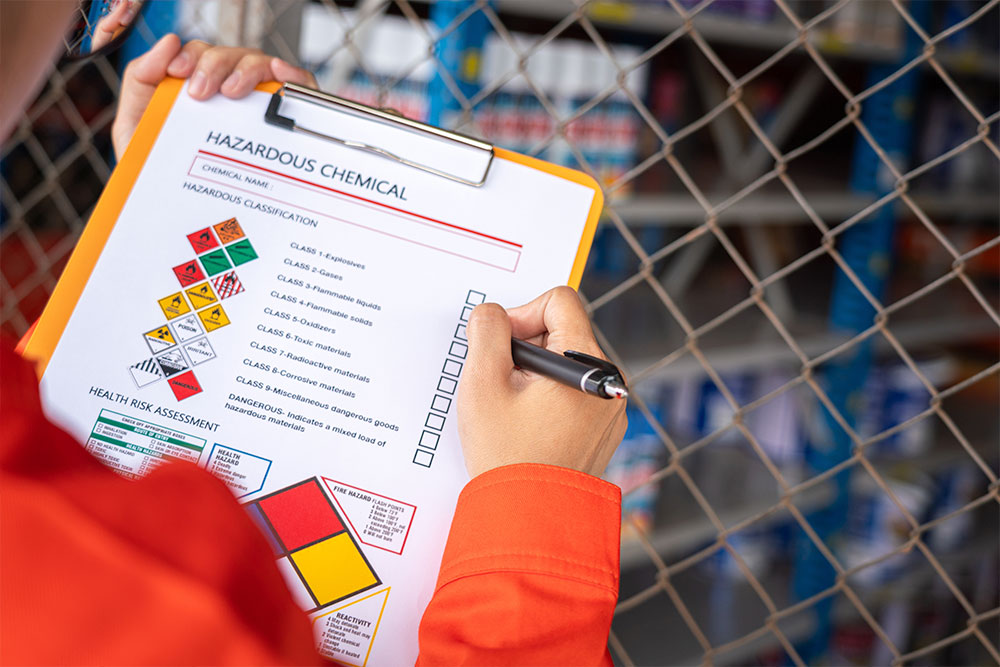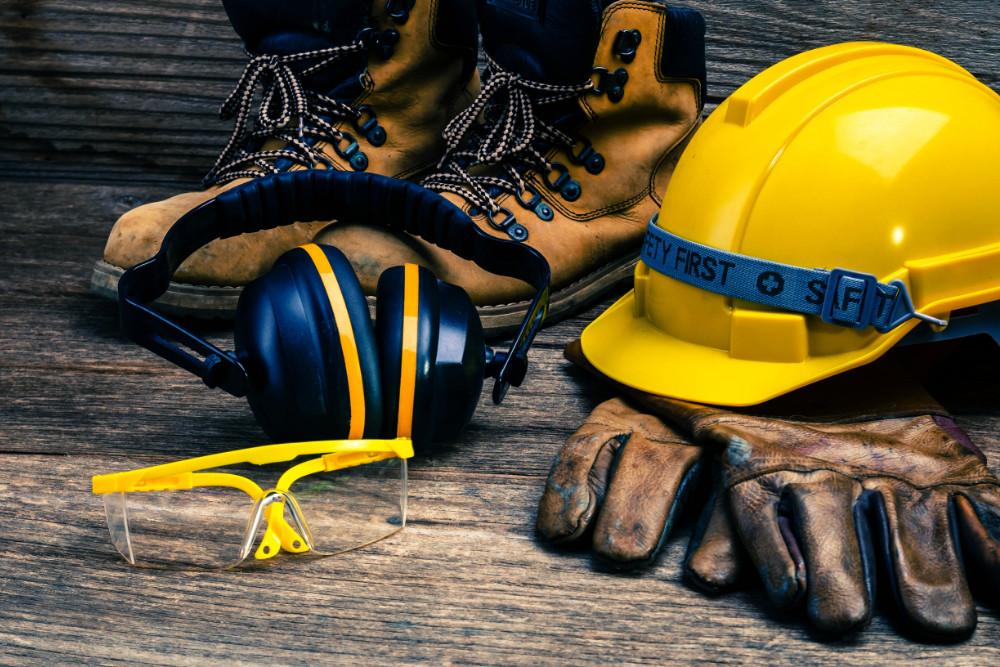This Silica Dust Awareness Training course explores the health hazards related to silica dust and the risk controls necessary when working with silica-containing materials. It is designed to provide anyone at risk of exposure to silica dust with an awareness of why they must protect themselves against this hazard and how to do so.
Silica Dust Awareness Training
Course Duration: 40+ minutes
Course Preview
Course Details
| Course Duration | 40+ minutes |
|---|---|
| Approval body | RoSPA |
| Format | Fully online |
| Assessment | Multiple choice |
| Certification | Same-day digital certificate |
| Certificate Valid For | 3 years |
Suitable For
Course Content
This course contains the following sections:
- What is Silica Dust?
- Health Hazards Associated with Silica Dust
- Responsibilities and Duties of Individuals Working with Silica Dust
- How to Carry out an Effective Risk Assessment
- Identifying the Hazard
- Evaluating the Risk
- Risk Controls
- Record and Review the Findings
- Respiratory Protective Equipment (RPE)
- Practical Ways to Reduce the Risk
What You Will Learn
Available in 13 Languages
Course Approval Body
The course certificate includes:
- User name
- Company name
- Course name
- Completion date
- Expiry date
- Approval body
A RoSPA-assured certificate will be available for download and printing instantly upon course completion.
Users must complete an assessment before earning their certificate.
The end-of-course test is:
- Fully online
- Multiple choice
A score of 80% is required to pass.
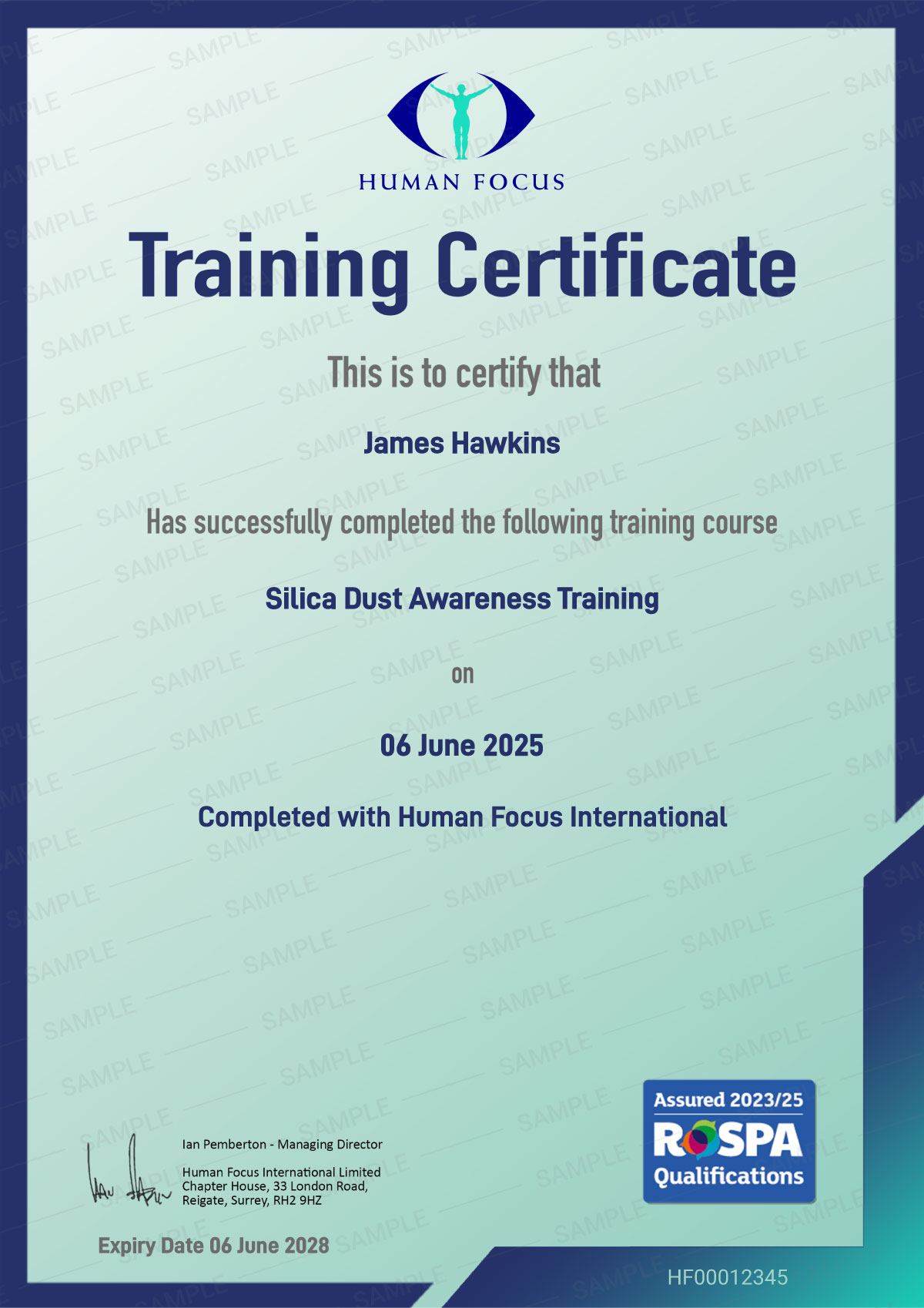
Customer Feedback
Why Is Silica Dust Awareness Training Important?
Many of us are unfamiliar with the hazards of silica dust, yet the HSE ranks it as the greatest risk to construction workers after asbestos. While exact data is not available, some estimate it is responsible for around 1,000 deaths per year in the UK.
Those working on or near silica dust often do not realise the hazard that they face. One reason is that particles of dust are so tiny that they are literally invisible. RCS is smaller than the width of a single human hair.
At the same time, the amount you can safely inhale on a daily basis is many times smaller than a single penny. Working around RCS, you may feel completely normal for many years until it is too late.
- Silicosis
- Chronic Obstructive Pulmonary Disease
- Lung Cancer – Scarring of lung tissue
Employers of those that work with silica dust containing materials have legal duties to protect their staff from these risks. These duties fall under the Health and Safety at Work Act 1974 and the Control of Substances Hazardous to Health (COSHH) Regulations. The Construction Design and Management (CDM) Regulations also outline legal duties to prevent risks on construction sites.
Silica is a natural substance that originates in varying quantities in most rocks, sand, and clay. It is an integral component of construction materials such as brick, tiles, concrete, or mortar.
When work is conducted on silica-containing materials, silica dust is generated. This dust is called respirable crystalline silica (RCS), which is easily inhaled and can stay in the air for hours.
